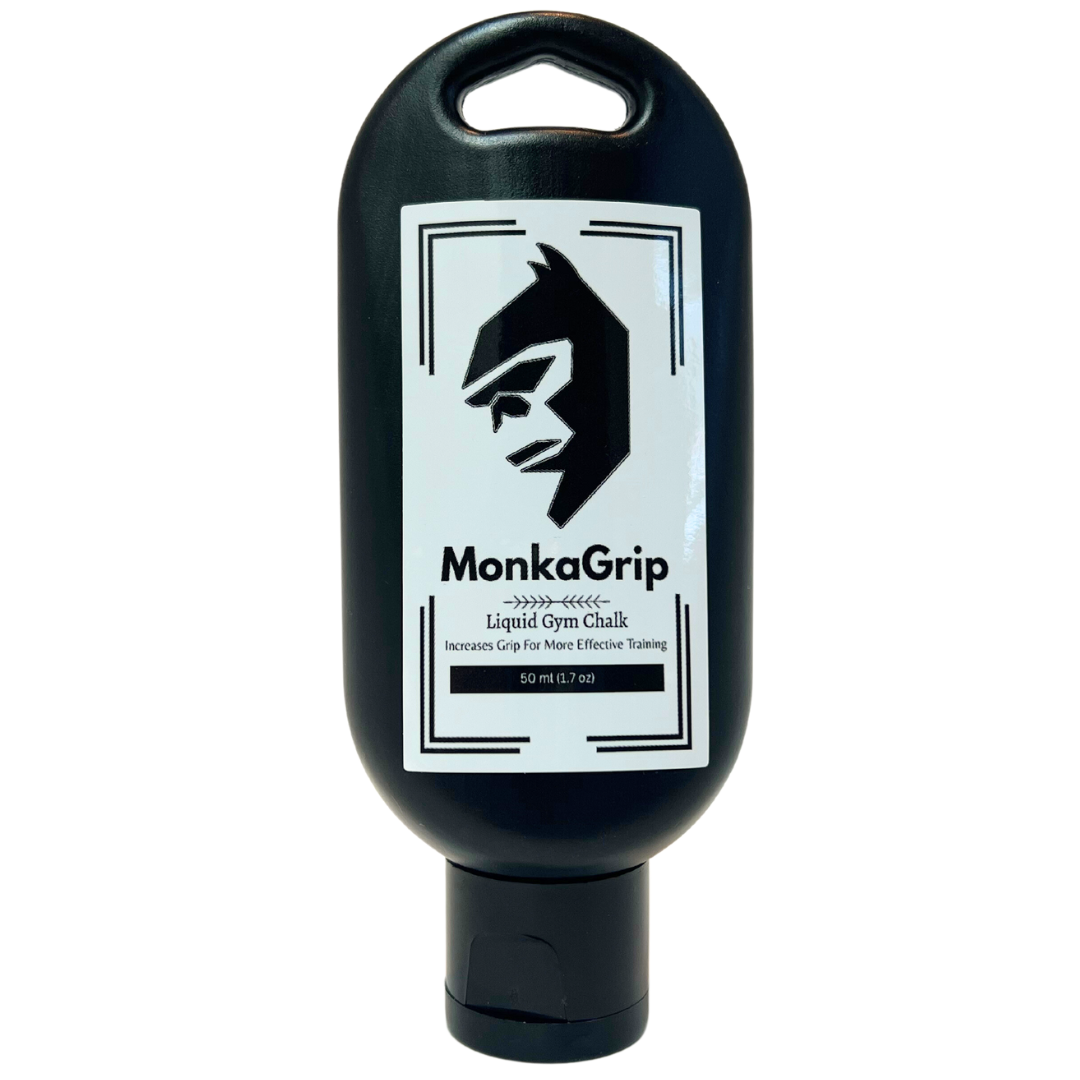The Science of Liquid Chalk: How it Works and Why it's Better Than Traditional Chalk

Unlock Your Performance with Liquid Chalk: The Science Behind a Superior Grip
Introduction
As any dedicated athlete knows, having a reliable grip can make all the difference in achieving peak performance. That's why many athletes, from weightlifters to rock climbers, have turned to liquid chalk as their go-to solution for improving their grip. In this blog, we'll dive into the science of liquid chalk and explore why it's better than traditional chalk.
The Advantages of Liquid Chalk
Less Mess, More Focus
One of the biggest advantages of liquid chalk is that it's much less messy than traditional chalk. With liquid chalk, you simply apply a few drops to your hands, eliminating the risk of accidental spills or scattered dust. This not only keeps your training area clean but also allows you to stay focused on your performance.
Longer Lasting Performance
Liquid chalk tends to last longer than traditional chalk due to its thicker and more durable consistency. With a single application, you can enjoy an extended period of enhanced grip without the need for frequent reapplication. This time-saving benefit is especially valuable during lengthy training sessions or competitions.
Superior Grip for Peak Performance
The most important advantage of liquid chalk is its ability to provide a better grip than traditional chalk. By absorbing moisture and sweat, liquid chalk creates a more secure and reliable grip on the equipment or surface you're working with. This enhanced grip empowers you to lift heavier weights, perform more reps, or tackle challenging rock faces with confidence.
The Science Behind Liquid Chalk
Hygroscopy: Absorbing Moisture for Dry Grip
Liquid chalk is highly hygroscopic, meaning it has a strong affinity for water molecules. This property allows it to absorb moisture from your hands and the surrounding environment. By creating a dry and tacky surface, liquid chalk enhances your grip and prevents slippage.
Friction: Increasing Grip with Surface Texture
Friction plays a crucial role in grip. Liquid chalk increases friction by creating a rough and textured surface on your hands. This texture improves your ability to grip onto surfaces, providing greater stability and control during your athletic endeavors.
Chemical Bonding: Strengthening the Connection
Liquid chalk creates a chemical bond between your hands and the surface you're working with. The magnesium carbonate in the chalk reacts with the sweat and oils on your skin, forming a strong and durable grip. This chemical bonding further enhances your ability to maintain a secure hold.
Conclusion
The science behind liquid chalk is fascinating and complex. By understanding its hygroscopic, frictional, and chemical bonding properties, we can see why it's such an effective tool for improving grip and achieving peak performance. Whether you're a weightlifter, climber, or any other type of athlete, liquid chalk is a game-changing addition to your toolkit. So, next time you're looking to improve your grip and take your performance to the next level, reach for a bottle of liquid chalk and experience the science for yourself. Unleash your potential and elevate your performance with liquid chalk.




